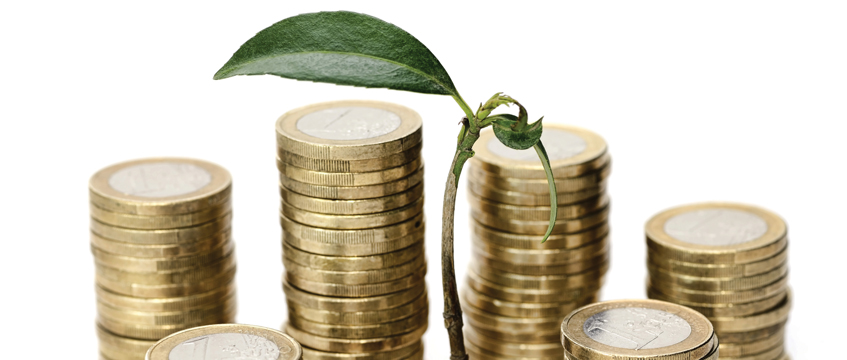45% of the UK’s greenhouse gas emissions are generated by real estate. The built environment is all around us and growing, and the application of sustainable practices by businesses occupying, developing and investing in real estate has the potential to lead the way for positive action in the fight against climate change.
Green change is afoot
Blackrock recently announced that sustainability has become its primary criterion for investment, citing the risk that climate change poses to “economic growth and prosperity”. The investment manager’s chief executive predicts that sustainability will become the standard for the entire investment industry. Sustainable “impact investing” is already becoming commonplace.
Throw in the news that Microsoft aims to be carbon negative by 2030, that Nestlé will cut greenhouse gas emissions across its operations and supply chain to net zero by 2050, and that Glasgow is aiming to become the first carbon neutral city in the UK, and it is increasingly clear that a sea change is taking place.
A new environmentally-conscious generation, principally millennials, are reaching higher management positions and having an increasing influence on business strategy decisions. What we are seeing now is merely the tip of the iceberg, with every business’ environmental, social and governance credentials likely to be in the spotlight, and with the risk that consumers will be turned off those that aren’t seen to be actively tackling climate change.
It may once have been the case that businesses could have well-intentioned ESG policies but deliver little in terms of tangible actions. Moving forward, that approach will no longer hold up to scrutiny; businesses are going to have to demonstrate that they are taking concrete actions to address the adverse impact of their operations, including the buildings that they develop and occupy.
Survive and thrive
Businesses exist to make profits. Investors want to see returns. Until now, the economic justification for implementing sustainable business practices was not so convincing – if it cost more to source a material from a sustainable source, that would directly impact on the bottom line. Why would a business do that?
In 2003, Nike was sued by a climate activist because Nike had publicly denied using sweatshop labour. The lawsuit was settled for $1.5 million. Since then, Nike has adopted new regulations and now monitors factory conditions. That was in 2003. What do you think would happen to a business today if it was found to be sourcing wood from the Amazon rainforest? Sustainability makes business sense – ignoring it will put off potential and existing investors, employees and customers, and directly impact profit and the longevity of the business.
What is more, evidence is starting to emerge of a “green premium”. EG recently published an article which examined whether there was a discernible link between how “green” a London office building is and the rent that building can command (using a building’s EPC rating as the indicator of how green it is). In summary, it was discovered that more energy-efficient buildings attained higher rents and had lower vacancy rates.
As the sustainability agenda matures and desire for materials from sustainable sources increases, the cheaper those materials will become as more providers enter the market to deal with the higher demand. This is already occurring in respect of the software systems and hardware used in the smart operation and management of buildings. A sensor that detects how full a waste bin is might have cost £500 in 2012; now it costs £150.
Next steps
The steps businesses should take will vary depending on the size and type of the business and the sub-sectors in which it operates. Real estate businesses should however consider the following:
- Appointing a sustainability consultant to analyse your operations and identify areas in which sustainable actions can be implemented.
- Designing new buildings that target high BREEAM, LEED and/or EPC ratings.
- Requiring contractors and suppliers to source sustainable materials.
- Retrofitting older buildings in order to improve their energy efficiency.
- Developing and publishing detailed sustainability policies for internal operations and external providers.
The sustainability train has gathered unstoppable momentum. Better to get on it now than be left behind.
Paul Alger is a partner at Shoosmiths LLP











